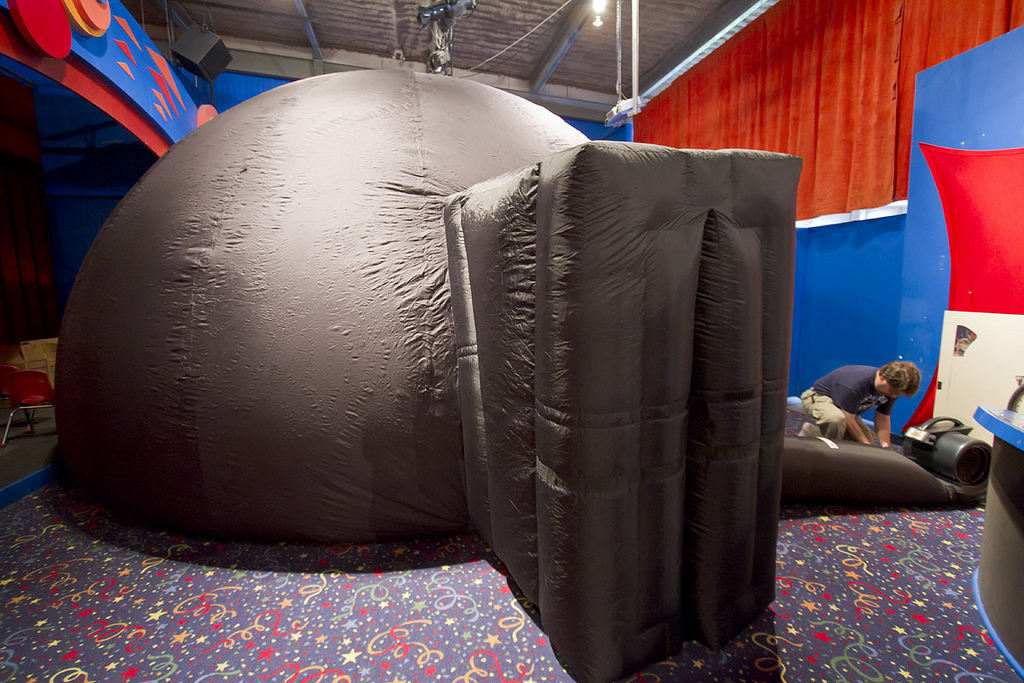What's That Star Called?
/That's no star. That bright object low in the south-west just after sunset is the planet Venus.
Looking to the west this month, you’ll see a bright object that looks like a star, but isn’t. It has been mistaken for a star, a UFO and has even been given permission to land. It’s Venus, currently taking a turn as the evening star.
Venus is by far the brightest object in the night sky after the moon. Look towards the direction of sunset and you’ll see it there gleaming in the twilight. It currently sets about 2 hours after the Sun.
You may have heard Venus called “the evening star” or “the morning star”. It can appear in after sunset or before sunrise, depending on where the planet lies in its orbit around the Sun.
Like all planets, Venus shines by reflected light, like a giant mirror. And Venus is particularly reflective, covered with a blanket of cloud that bounces a lot of the light that hits it back into space. We say it has a high “albedo” or reflectivity.
Unfortunately for Venus, not all of the light that hits it bounces off. Some of it gets through the dense cloud and heats up the surface. Early surface temperature measurements on Venus surprised astronomers by being much hotter than expected, even though the planet is closer to the Sun.
Scientists eventually realised that the same clouds that make Venus so beautiful and bright also create a deadly heat at its surface. The cloud layer forms a greenhouse-like blanket that keeps Venus at a steady 400 Celsius or about 900 Fahrenheit, warmer than most ovens will go.
Aphrodite, Ishtar and others are other names for this planet, evidence that many cultures associated beautiful Venus with love and fertility. The Mayans are famous for using Venus to mark time periods. When Venus appeared in the morning sky, it was associated with war.
Kukulcan: A deity associated with the planet Venus in Mayan texts
Venus is part of our modern storytelling too – as the place where scientists first honed the theory of greenhouse gases being able to warm a planet. When they are in balance, it can be a benefit. But too many greenhouse gases can create a “runaway” effect that can destroy a planet’s chances of harbouring life.



















